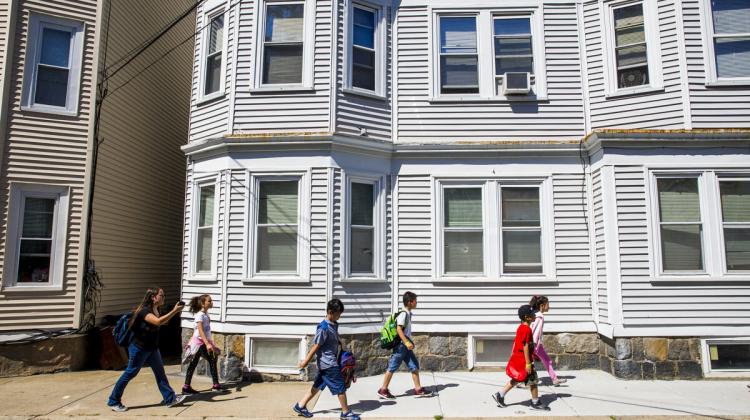Boston's Affordable Housing

Boston has roughly 53,000 subsidized affordable housing units, but this number is still far below the number of eligible households. When units become available, many more eligible applicants apply than can move in. To determine who receives these subsidized units, the city conducts a lottery and then gives that list to the property developer or manager to screen the potential tenants. Currently, very little is known about the demographic characteristics of those who apply for units, and even less is known about who ultimately moves in to those units. There is significant discretion given to developers in screening potential tenants, leaving room for the composition of selected tenants to differ from the eligible applicant pool. Depending on the funding source and the preferences of the developer, each project may also have a share of units that give a preference to some applicants, such as those who already live in Boston, those who are homeless, or those who are veterans. These preferences may also shift the characteristics of those who move into units from those who applied. This research seeks to better understand the characteristics of those who apply for subsidized units and those who end up moving into subsidized housing units. To the extent that the characteristics of applicants and eventual tenants differ, future research will attempt to understand what factors contribute to the difference. A better understanding of these dynamics is essential for the most efficient use of scarce public resources in order to support low-income households.


